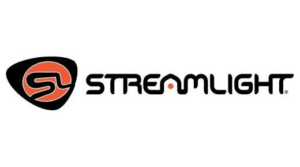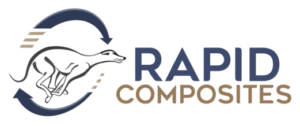
Products
The Eclipse line of pneumatic launchers feature the industry’s most advanced variable velocity system
In contrast to other launchers that use various other techniques to achieve variable velocity, the Eclipse launchers operate at a constant pressure, making more efficient use of their power source. The system allows the operator to adjust the velocity for each individual shot without the need to raise or lower the pressure or to vent gas away from the projectile. Incorporated with a laser or acoustic range finder, the system becomes automated based on range to target.
Other variable velocity weapon systems that have used laser range finders have previously been limited by their high cost of operation due to elaborate gas metering or use of gunpowder. With over ten years of development, the Eclipse launchers are the state of the art in variable velocity weapons.

Launchers
The Eclipse launchers are capable of launching projectiles typically used in other launchers without the need for shell casing, primer or gunpowder charge.
This drastically reduces operating costs and the case-less ammunition reduces the overall weight the operator must carry.
Electro-Pneumatic 37/40mm Single Shot Launcher
- Variable velocity projectile deployment
- Programmable encrypted air-burst system
- Laser range finder integrated fire control unit
- Electronic sight with dynamic targeting reticule
- 9 axis telemetry and environmental sensors
- Ammunition identification and ballistic settings
- Electro-pneumatic metered operation
- 37mm or 40mm smooth bore or rifled barrels
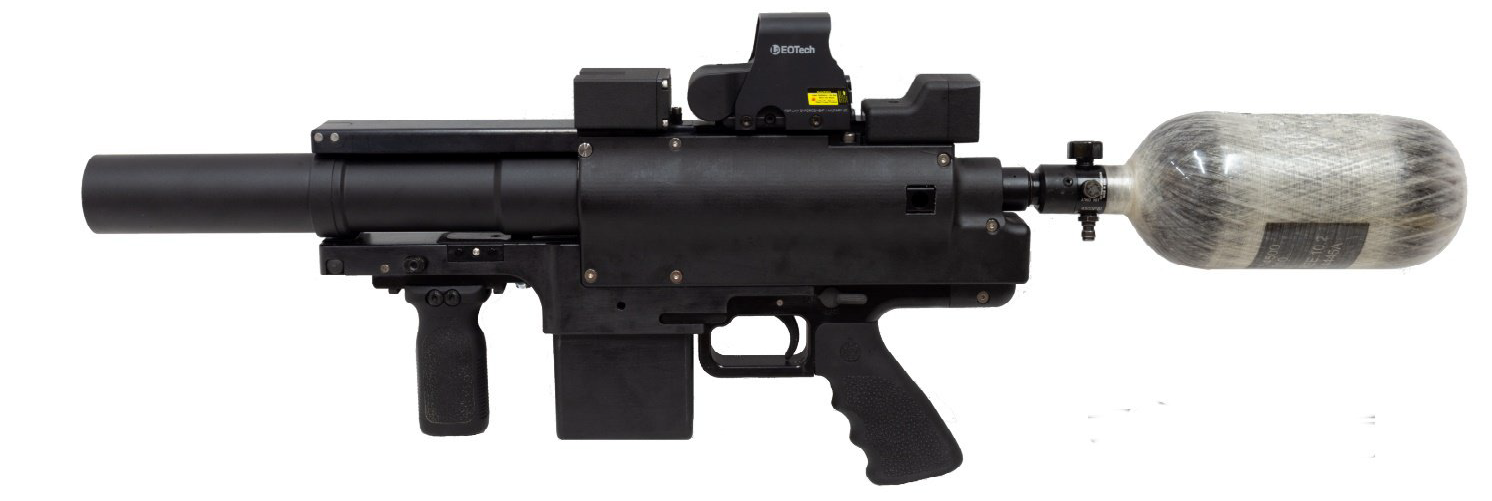
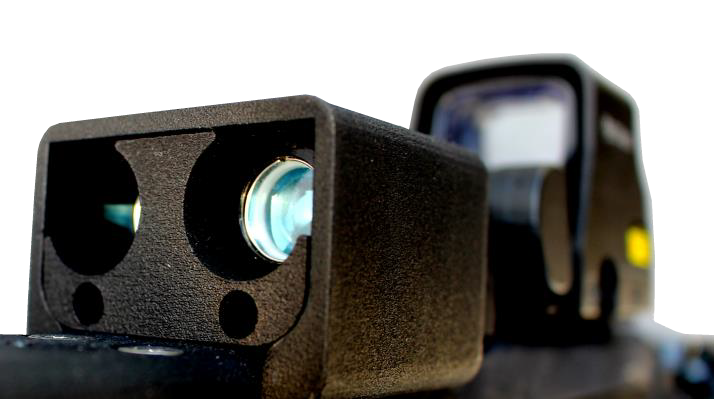
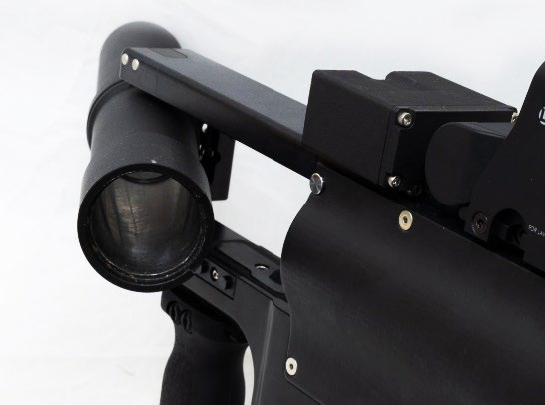
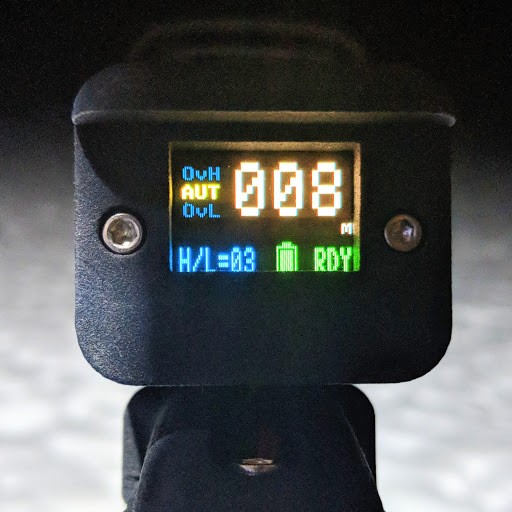
Electro-Pneumatic Multi-Shot Remote Operated Revolver
- Remote operation for sentry or UAV mounting
- 5 round cylinder with ammunition identification
- Non-linear chamber indexing via encoded gear motor
- Variable velocity projectile deployment
- Programmable encrypted air-burst system
- 9 axis telemetry and environmental sensors
- Laser range finder integrated fire control unit
- Electro-pneumatic metered operation
- 37mm or 40mm smooth bore or rifled barrels

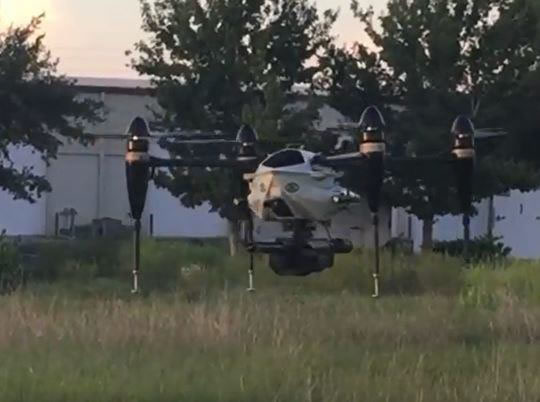
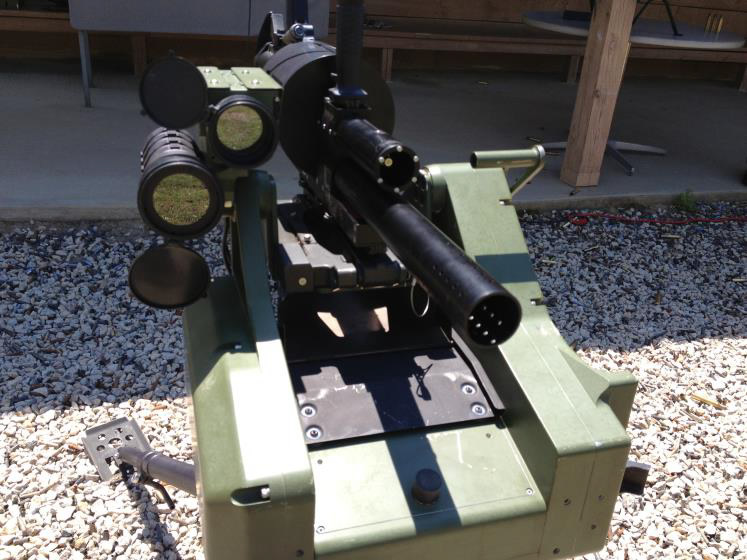
Pneumatic Single Shot Side Loader
The base model pneumatic launcher features a manually adjusted variable velocity mechanism and operates solely on compressed air. This model utilizes the same high performance piston valve as the electro-pneumatic launcher but does not have an electronic fire control computer or laser range finder. Future development will allow the launcher to be upgraded with these options.


Pyrotechnic Single-Shot Grenade Launcher
Eclipse has also produced a pyrotechnic launcher utilizing their patent pending breech design. Continued development will include double action, under barrel mounted versions and the addition of their proprietary variable velocity and air-burst systems.
These launchers were designed in response to requests from clients for a replacement to currently deployed grenade launcher systems. These launchers solve a number of issues with both ammunition compatibility and unwanted features that are found in similar devices such as the M320 and M203. All low velocity 40mm NATO ammunition will chamber into this design including the Raytheon Pike missiles and other rounds that are too long to fit into the outdated slide-forward breeches such as found on the M203.
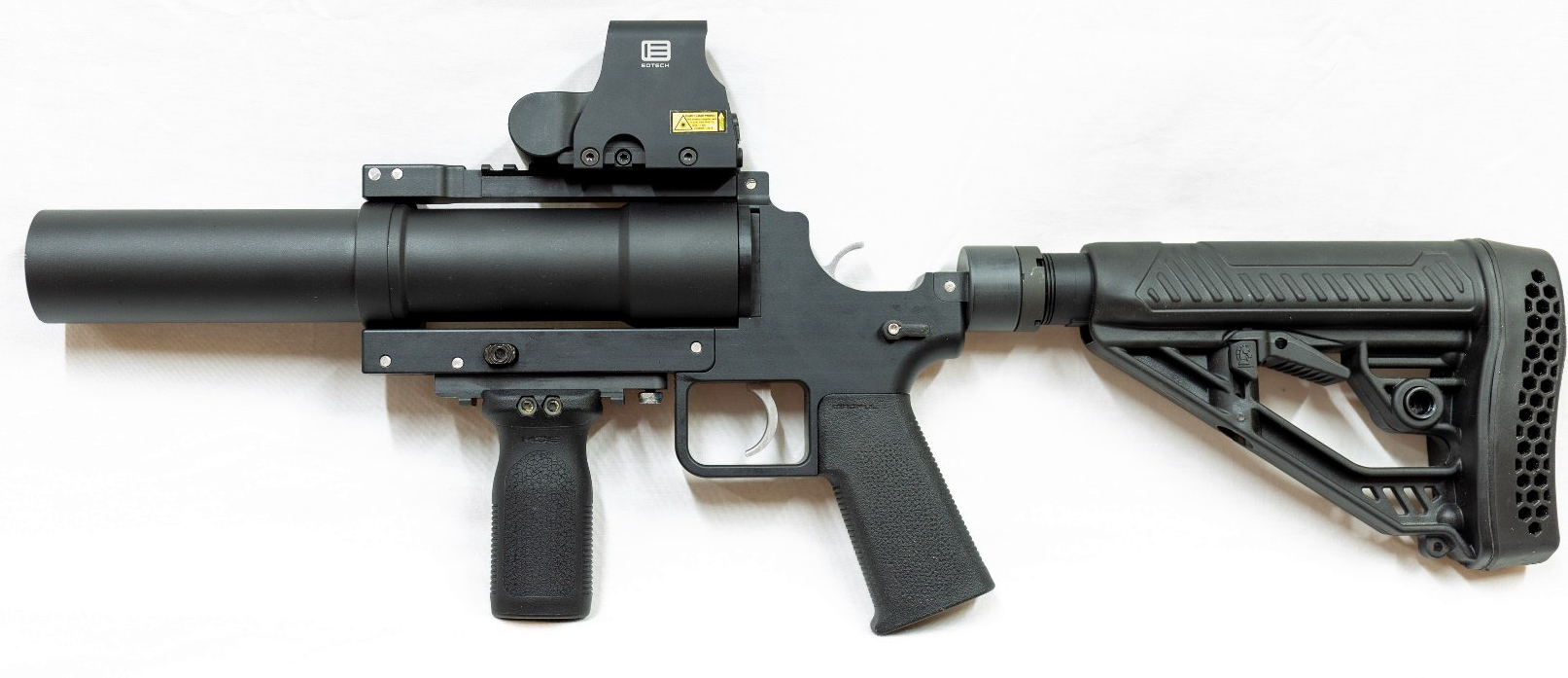
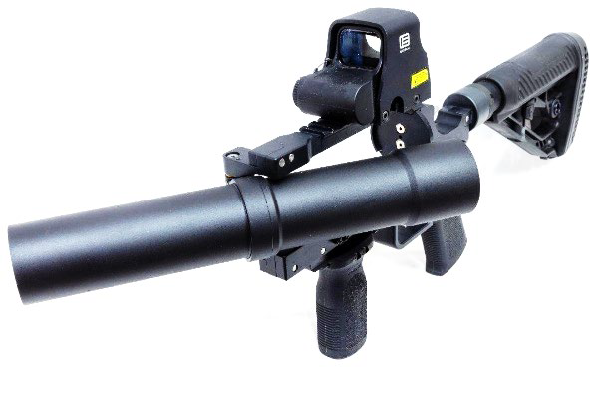


Ammunition
Eclipse launchers can be chambered to accept only less-lethal rounds in 37mm or to accept both less-lethal and lethal rounds in 40mm NATO.
Certain ammunition such as anti-personnel and high explosive rounds require a Class 3 or higher Federal Firearms License or a police or military exemption to possess. Civilians may launch flares, smoke, gas, paintballs, fireworks and other safety rounds without a license.
Blunt Impact Rounds
Industry standard blunt impact rounds from SAGE International can be launched safely and effectively with Eclipse technology without the requirement to load shells with different charges to accommodate different ranges to the intended target.
The rounds are spin stabilized in flight, have repeated accuracy, and will incapacitate an individual upon impact with point target accuracy at ranges beyond 100 meters.
Shot to shot consistency has been tested to within plus or minus three feet per second.
In pyrotechnic launchers, projectiles require specific explosive charges to obtain different velocities. Potentially fatal injury can occur if a projectile is deployed at too close a range for the selected charge or the projectile may be ineffective if too small of a charge is selected.
Eclipse launchers reduce this risk by deploying projectiles at the safest velocity for the given range automatically, eliminating the potential for operator error and reducing workload.
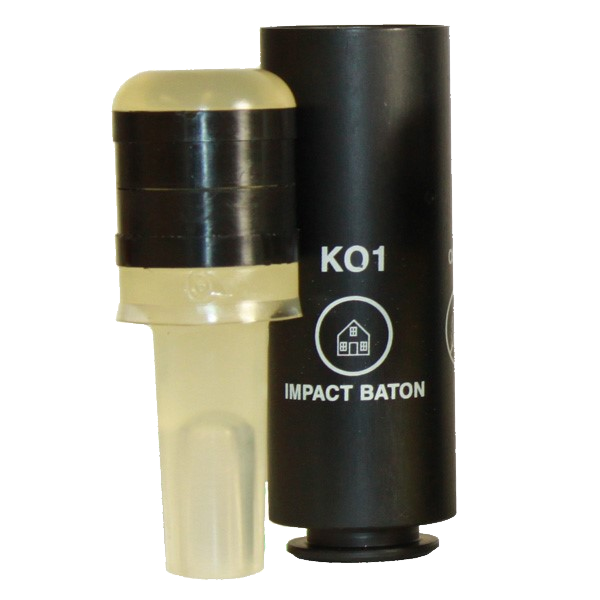
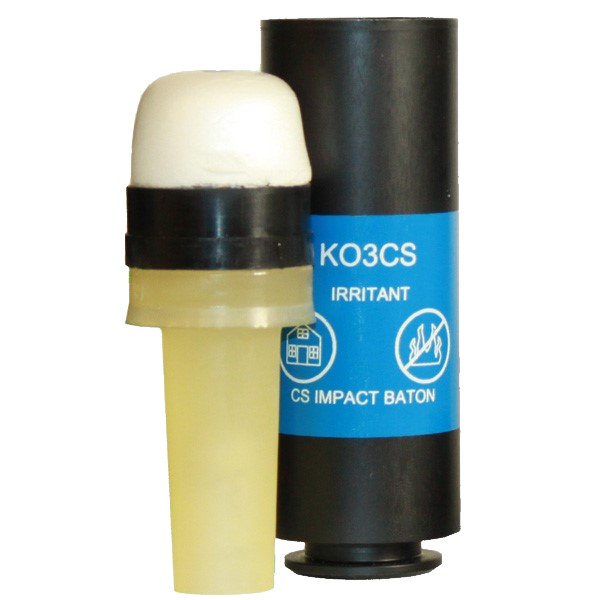
Air-Bursting Rounds
Eclipse has developed a programmable, lightweight ammunition for precise deployment of payloads including flash-bangs, irritant powders, parachute flares, and anti-drone rounds.
This technology will greatly reduce risks associated with deployment of flash bang and irritant rounds in close proximity to crowds while providing a non-contact, less-lethal deterrent.
The system provides both power and programming to the munitions’ fuse. This allows ammunition to be stored and carried in a safe, un-powered state. The programmable fuse module contains a flexible and capable suite of features allowing time and distance based fuse detonation programming(countdown and turn count) with backup impact detonation including safety features such as minimum arming distance, rotation verification, round identification, and encrypted data programming.
Key Specifications
- Function: multi-mode programmable munition fuse
- Power: Ultra-capacitor storage, inductively or directly charged
- Charge time: Full charge 120mS
- Setting: via serial data link to launcher – while in battery
- Fuse functions: distance, time, impact, combination, safety detonation
- Active life: up to 45S after firing followed by detonation event
- Advanced functions: as needed via on-board CPU
- Size: 31mm diameter x 9.6mm
- Weight: 12g (without detonator)
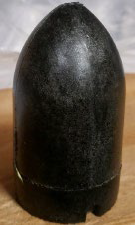
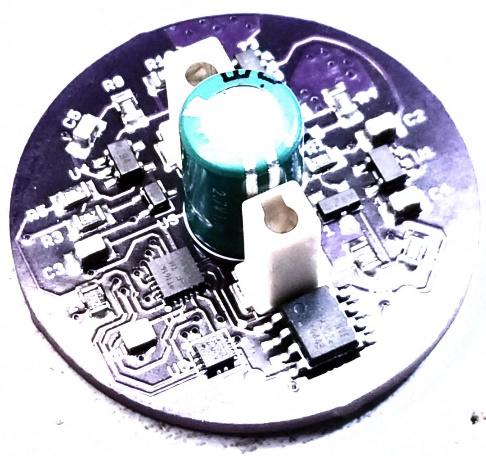
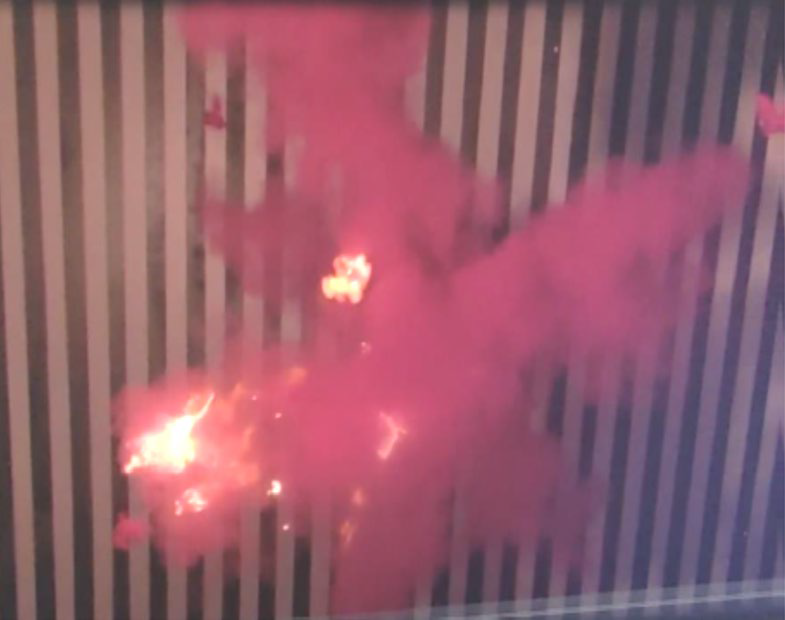
Barricade Penetrating / Door Breaching
Barricade penetrating rounds are capable of dispersing chemical agents in rooms after penetrating beyond a barrier such as a wall or door. Door breaching rounds allow access by dislodging the deadbolt or hinges off the door or creating an opening large enough for access without excessive risk to the occupants of the room.

Illumination
Illumination rounds include pyrotechnic and electronic payloads. Infrared light or white light can be used to light up a target or signal locations for airdrops and airstrikes.
The M583A1 is a low velocity 40mm white star parachute illumination cartridge with 70,000 candle-power.
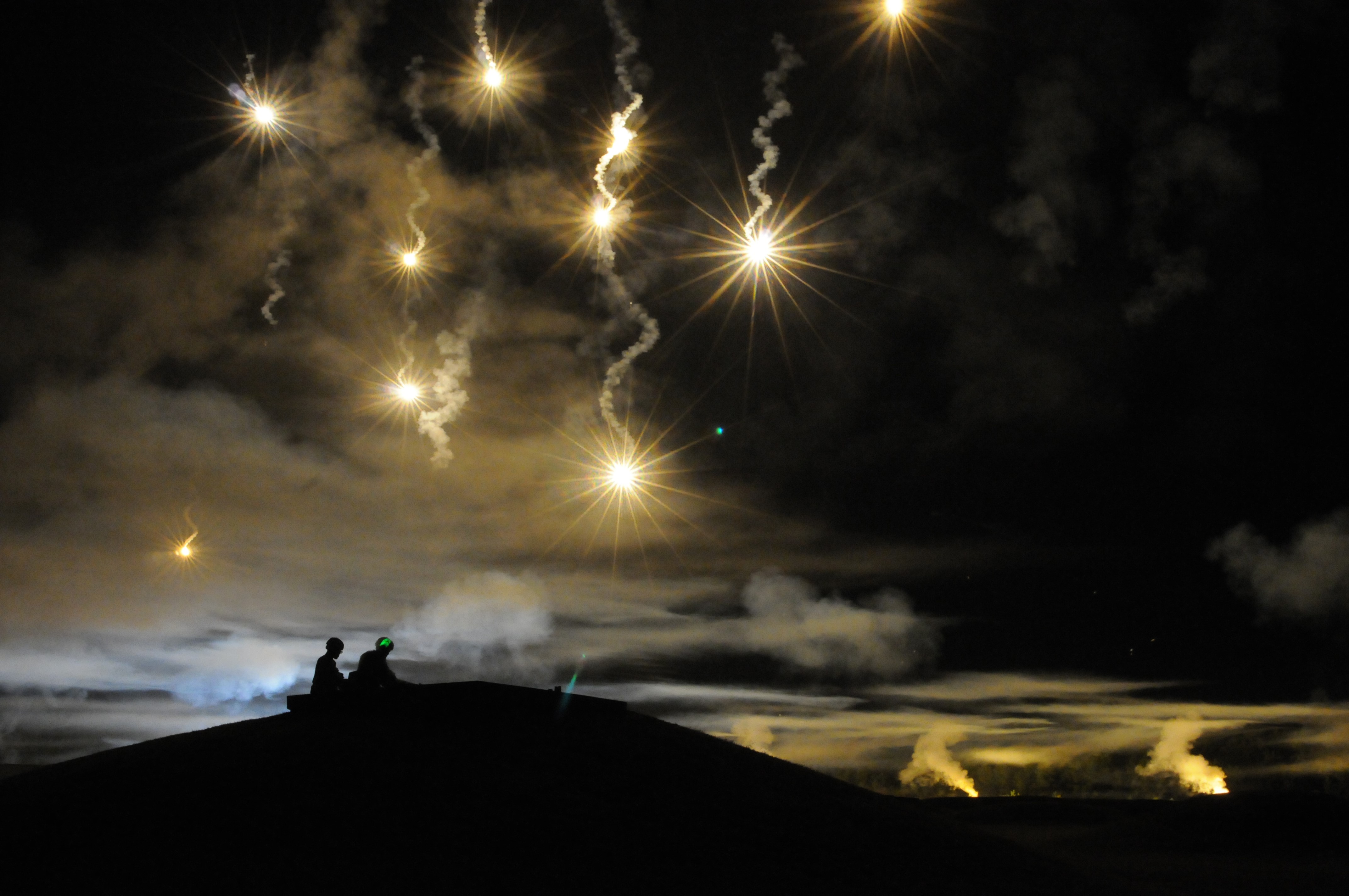

Smoke / Gas
Smoke rounds are typically used for signaling or camouflage. CS, OC and other gas rounds are used for crowd control and cause irritation and swelling to the mucous membranes.
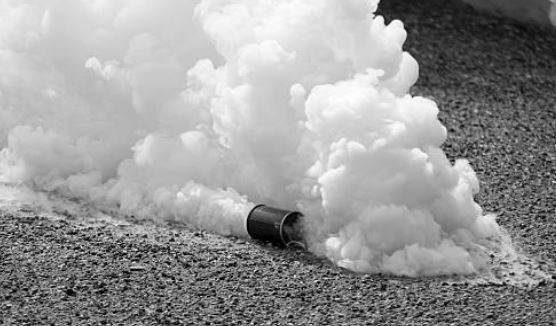
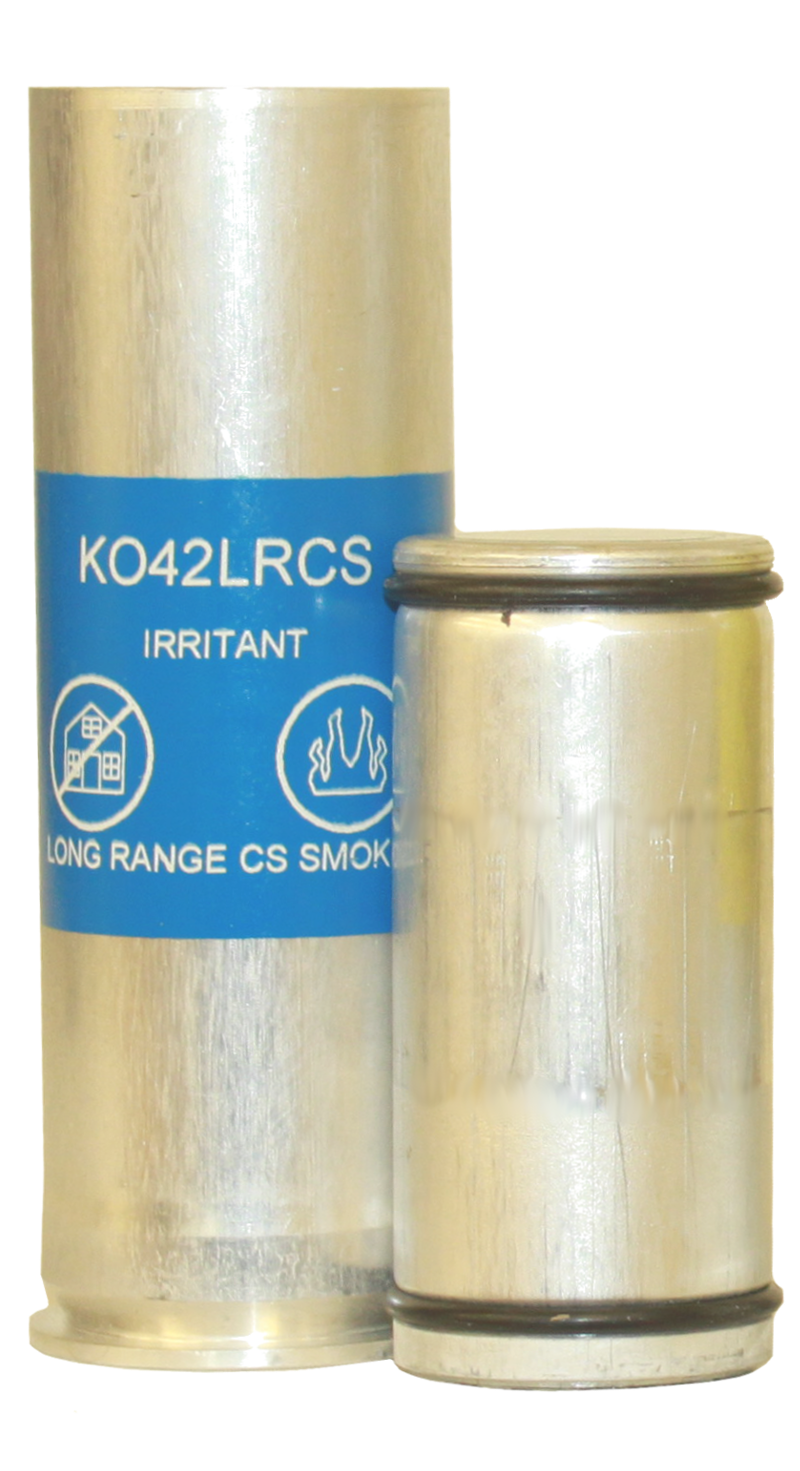
High Explosive (HE)
Standard US Military LV HEDP projectiles can be utilized for anti-material and anti-personnel.
This grenade is designed for a 300 – 450m range. Maximum effective range is 400 meters.
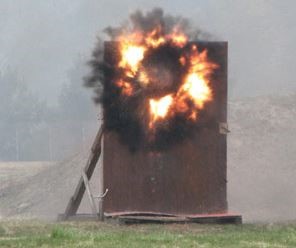

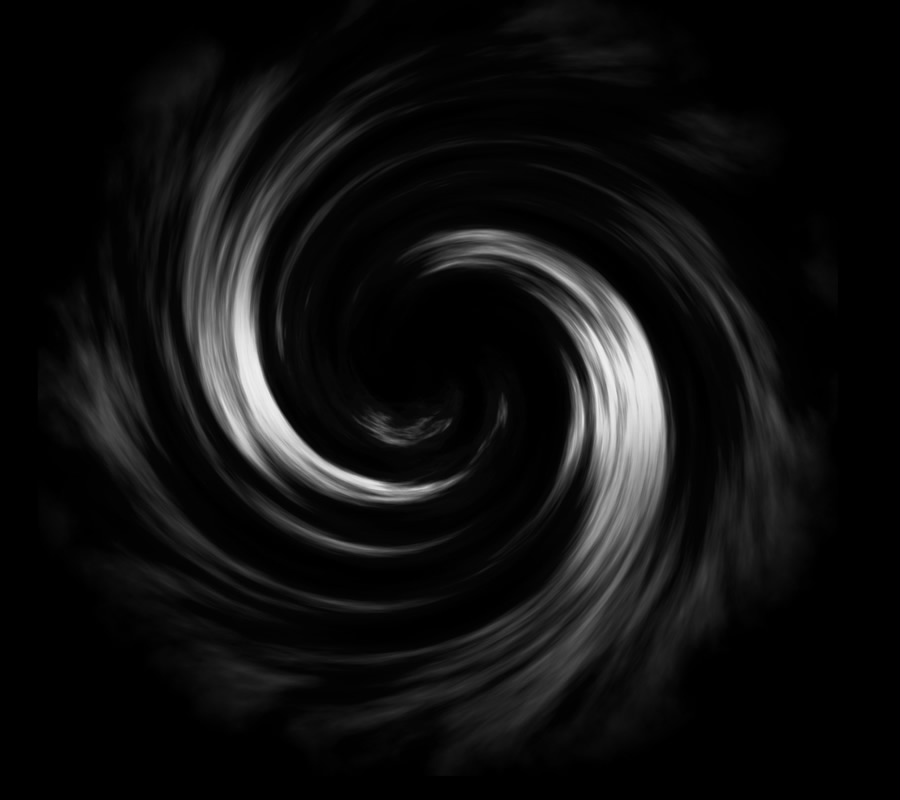
Compressed Air
The compressed air power source provides fast and precise velocity control and accuracy while reducing sound decibel levels and eliminating both a muzzle flash and the risk of igniting flammable environments. These attributes increase both stealth and safety.
Compressed air may be obtained from compressors, disposable tanks and refillable tanks.
The magazine-unified air option consists of a small disposable tank that provides air within each magazine. This eliminates logistical burdens by negating the need for external air sources that require monitoring and recharging by compressors in the field.
Compressed Air Sources
The compressed air power source provides fast and precise velocity control and accuracy while reducing sound decibel levels and eliminating both the muzzle flash and the risk of igniting flammable environments. These attributes increase both stealth and safety.
Compressed air may be stored in disposable or refillable tanks that can be mounted directly on the weapon and utilized as a stock or connected remotely to a larger tank. These tanks can be made of steel, aluminum or carbon fiber with pressures between 3000-6000psi.
Refillable sling mounted tanks can be connected to the weapon by a quick connect hose which reduces weight and provides for the use of larger capacity air tanks.
Another option is to carry an air tank with a regulator on the operator’s back with or without the addition of a self-contained breathing apparatus. This allows a vastly higher volume of rounds to be fired before recharging of the tank is required as well as the option to provide breathing air to the operator in contaminated or underwater environments.
In future magazine fed launchers a small disposable nitrogen tank will provide air within each magazine. This will eliminate logistical burdens by negating the need for external air sources that require monitoring and refilling by compressors in the field.
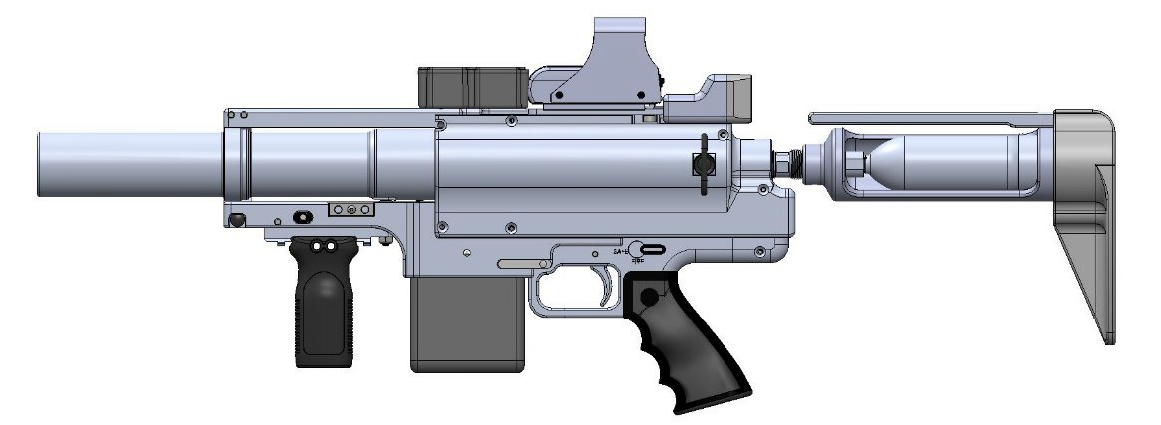
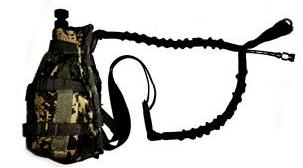
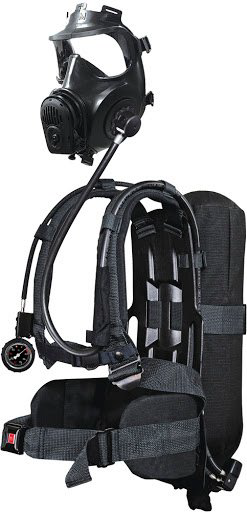
Key Alliances
Eclipse has formed strategic alliances with defense industry leaders to provide parts and materials as well as technology, training, and distribution.


